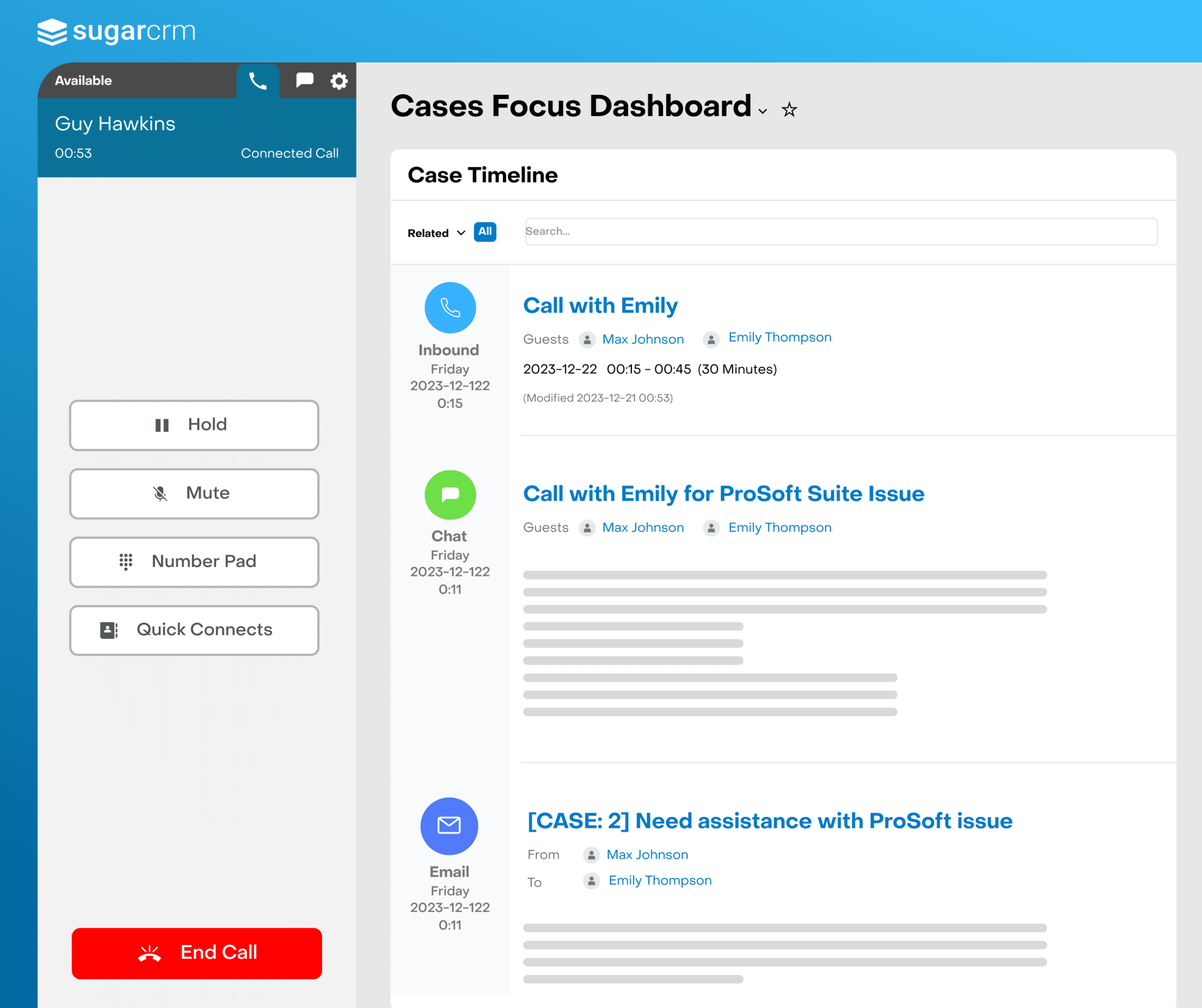Simple Ways to Accelerate Your Storytelling
Stories are powerful.
Stories are relatable.
We live in a culture heavily reliant on stories which means it’s important your brand and marketing efforts tell a story to engage with your prospects and customers on a level that is both memorable and relatable.

Think about it for a minute. You remember stories whether it’s an urban legend you heard in school, a fairytale your parents read you growing up, or the latest headline. Even without recalling every detail, you still found something memorable about that story and kept a part of it in your consciousness. Now, transition that to a well-known brand, whether it’s Geico’s commercials or the Make A Wish Foundation—stories stay with us. Recalling something from memory whether it be a commercial or a conversation means that the story had something powerful related to it whether it was humor, emotion, or something else.
Now transition that to your company. How are you telling your story? Have you learned how to leverage the power of marketing automation to increase your storytelling power? Are you leaving an impact on your audience?

Is your audience reacting and interacting? If you’re not sure, take a minute to look at past metrics. Where did the audience interact? These questions are important, and the answers are not random, most likely the story you told is part of the reason why. Your story spoke directly to your audience and it is this storytelling that you want to accelerate and replicate throughout your marketing efforts. It’s one of the key reasons that content marketing is critical to campaigns, without a story and resources, you are just screaming into a noisy world.
Here are five ways to capture and rekindle storytelling within your organization:
 1. Personalize it
1. Personalize it
Stories that are simply about you or something outlandish are not going to resonate. For example, speaking to a business about a household cleaning product is not a great story to tell them because while we all (hopefully) clean, it’s not something that they would find value in. Now, talking about CRM to business makes sense, but take the story up a notch—address common daily tasks and frustrations to make the story mean something and relate to the audience specifically. In the same vein, encourage them to share with you because group storytelling adds to the power of your story.

2. Include your audience
When you solicit from your audience, you’re also actively engaging them and inviting them to become part of your story and utilizing social proof. Social proof is one of the main reasons that case studies are such a powerful marketing tool. With social proof, you identify and target what has worked for others, just like those in your audience. It also makes your claim and story quantifiable allowing for a more firm argument of your premise. By telling other people’s stories, you engage in a practice of continually adapting the story to shift away from focusing on you and proves additionally that you’re aware of the world around you. Think about it in this way, the local news often does include national segments, providing value, and not just covering their own stories because it creates a larger network and appears more reliable and informative. When you share another story, you appear the same way to your audience.
 3. Think it through
3. Think it through
There’s nothing more disappointing than a disjointed story. If you’ve ever seen a movie that the ending just did not follow the plot or left you scratching your head, a story that doesn’t have a logical flow and end is frustrating to your audience. When you tell a story, make sure that you are telling the entire story. That starts with good planning. Know where your story starts, where it ends, and how it gets there. Good marketing campaigns are framed in this same way with a central idea that accomplishes a single goal. Your stories should do the same. If you’re not seeing interaction with your marketing efforts, make sure that you are providing that clear storyline and conclusion because that might be part of the issue with your campaign.
 4. Keep it real
4. Keep it real
Many people can smell a lie in marketing like a shark can smell blood in the water. If you make something up, be prepared that someone is most likely going to call you out for it. To avoid this, keep stories realistic and based on facts, not imaginary numbers or concepts. It’s important to ensure that your stories grounded in truth because people are going to check especially in this digital age and take it a step further by vetting your sources. User-created knowledge bases may be easy to access in your search results but it doesn’t mean that they are reliable. Evaluate and have a set of standards for your facts, if you can’t find something that reinforces your points, you might want to avoid using it. This also counts for customer testimonials and stories too—don’t make them up. Not only does this create a factual dilemma, but it also creates an ethical one that could be very costly.
 5. Visualize it
5. Visualize it
According to Bynder, 90% of information transmitted to the brain is visual. It falls in line with the adage that a picture is worth a thousand words and it definitely is something we all remember better. While what you write is absolutely important, how you reinforce it is just as important. One of the main values they teach you when designing layouts is that you use images to lead the eye down the page and keep your reader engaged. Your copy might be fantastic, but that doesn’t mean you don’t need images to keep people engaged. When was the last time you read something without images? Did you get through it all? While some scientific and academic publications can get away with not using images, they are often regarded as dry or uninteresting by the masses. You don’t want your stories to have the same impact, so take a few extra minutes and include images to further your story.
So where does this leave marketers and their content campaigns? In the COVID-19 era, these storytelling tips are more important than ever and align well with longer sales cycles, the shift to education rather than promotion, and increase in customer service-oriented organizations. As Sugar’s Chief Marketing Officer, Clare Dorrian, recently told CMSWire, “customers expect brands to be consistent in their actions and authentic in their intentions. The current environment increases the expectation for empathy and authenticity, and when brands get it right and stay true to themselves, customers respond with increased loyalty.”
Customers are seeking a genuine story, genuine engagement—what better way than to tell a story and make them part of it?


